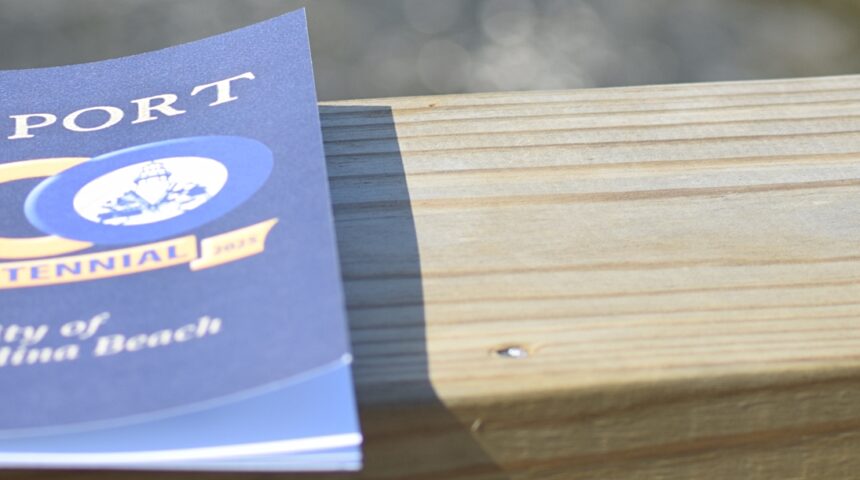
A Journey Through 200 Years of History
March 14, 2024
During the early 19th century, Amelia Island was a haven for pirates. Louis-Michel Aury, a French privateer, operated in the Caribbean and Gulf of Mexico during this time. In 1817, he became involved in the struggle for Mexican independence from Spain and began operating out of Galveston Island, then part of Spanish Texas. In 1819, Aury and his men took control of Amelia Island, off the coast of present-day Florida, establishing a base for their operations. Aury declared the island a republic, known as the Republic of the Floridas, and began raiding Spanish ships in the area.
However, Aury’s control over Amelia Island was short-lived. In 1821, the United States took control of Florida from Spain, and American troops were dispatched to the island to remove Aury and his men. Aury surrendered without resistance, and the island was peacefully handed over to the United States.
In 1821, French pirate Louis-Michel Aury briefly established a pirate colony on the island. Later that year, Spain officially ceded Florida to the United States, marking the end of Spanish rule in the region. This change in ownership had a significant impact on Fernandina Beach and the surrounding area. After the United States acquired Florida from Spain, American troops occupied Amelia Island, including Fernandina Beach, to establish control over the territory.
The early 19th century also saw numerous land disputes in Florida, including in the Fernandina Beach area. Conflicts over land ownership and boundaries were common as the region transitioned from Spanish to American control. This period marked the beginning of American influence in the region. The town’s economy boomed, driven by industries such as shipping, fishing, and timber. Overall, the period after 1825 was a time of change and growth for Fernandina Beach, as the town transitioned from a pirate haven to a thriving American port town.
A journey through 200 years of history includes one more Pirate to become legendary in Fernandina Beach, and that was the fate of Peter Short. Short, a notorious pirate known for his violent acts, was captured and brought to Fernandina Beach to stand trial for his crimes. On the day of his execution, a large crowd gathered to witness the hanging. Short was brought to the gallows, where he was to meet his fate. Despite his attempts to escape justice by committing suicide, the town’s doctor stitched him up so he could keep his appointment with death. He was placed on the gallows and the noose was placed around his neck. As the trapdoor was opened, Short met his end, swinging from the rope as a grim reminder of the consequences of piracy and crime. His execution served as a warning to others who might engage in similar acts of piracy and lawlessness. The hanging of Peter Short in Fernandina Beach was a somber event, but it also marked the end of a chapter in the history of piracy in the region.
Stop just about anywhere in Fernandina Beach during 2024 as we prepare for the Bicentennial Celebration in January 2025, and you will find A journey through 200 years of history at every corner. Someone once said Fernandina was a town that time forgot… well us locals, we like it that way.
Tags: history, piratesCategorised in: Cruises & Events, History & Community
